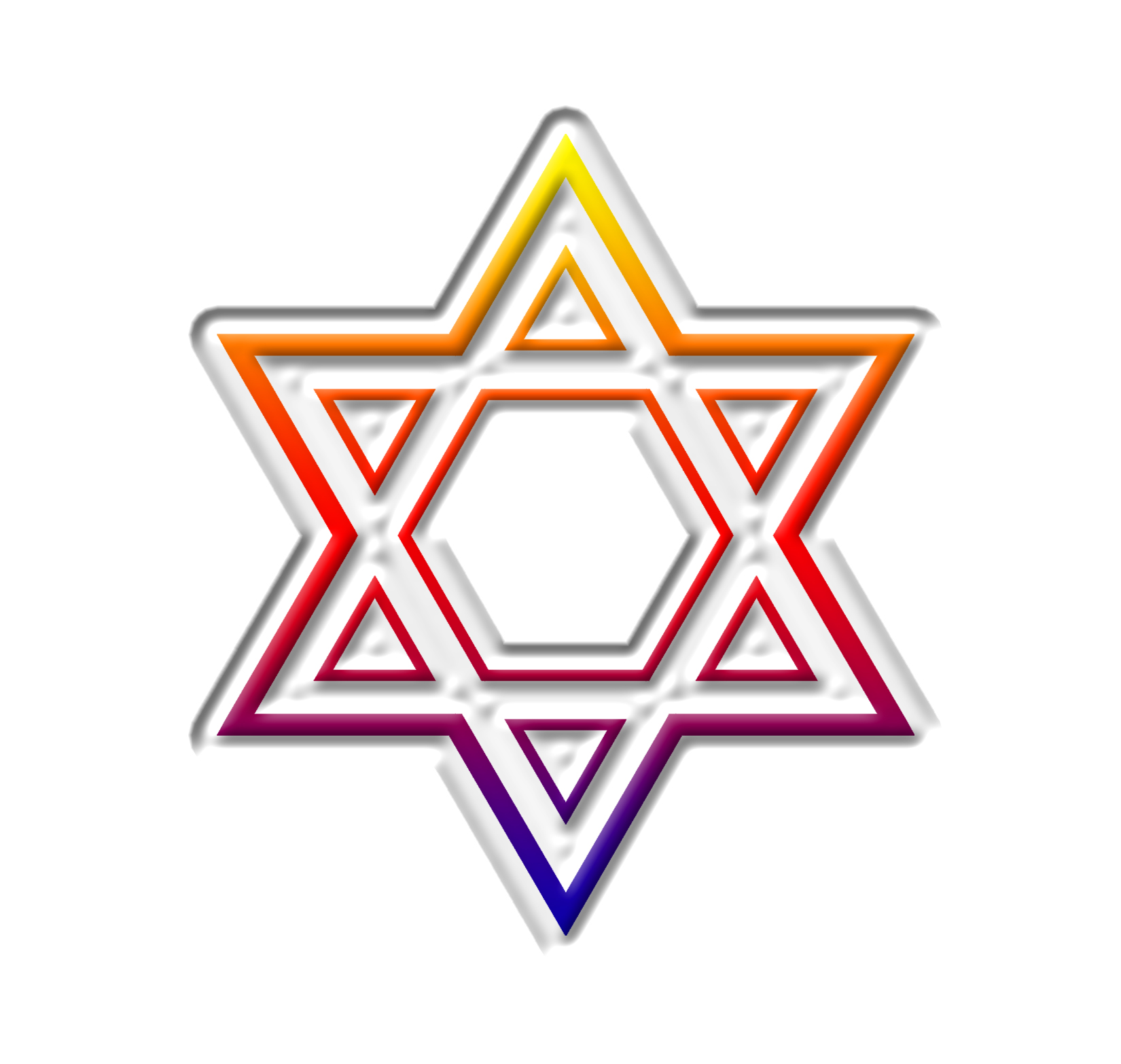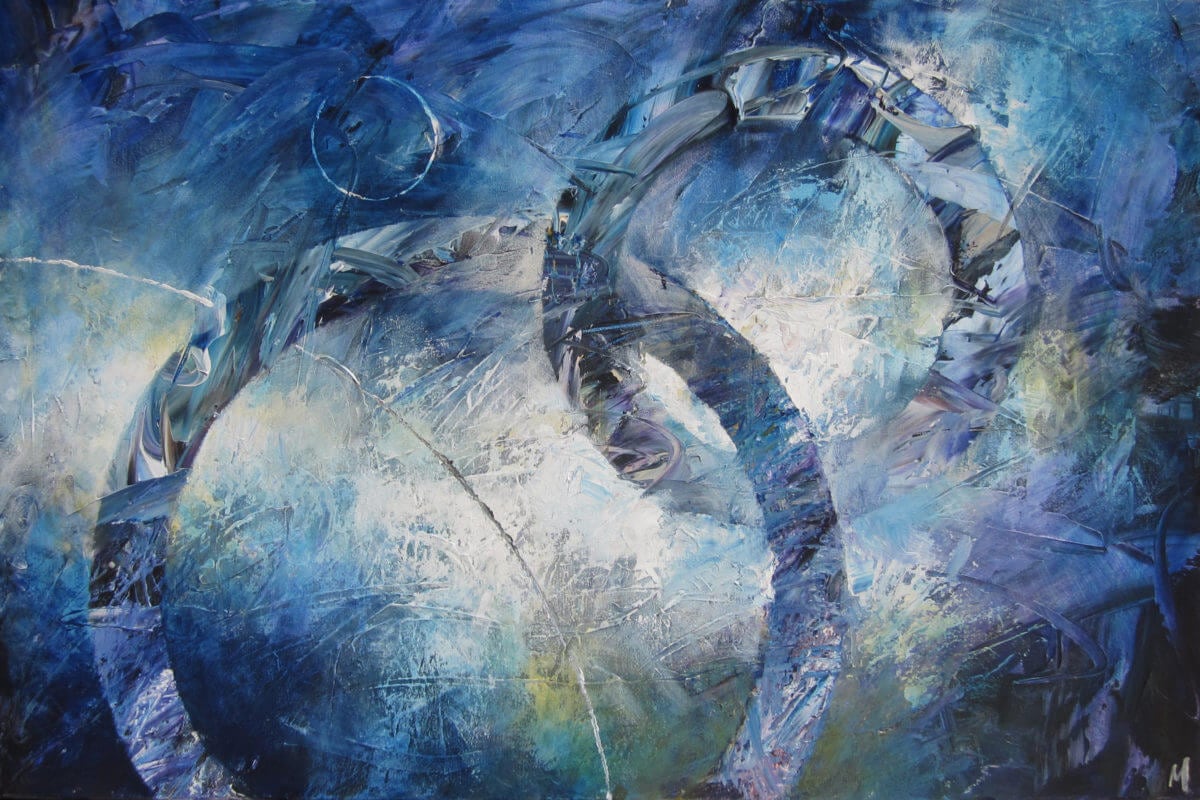Just look at the shape above. All of us know it as the star; we all made it as kids by drawing two triangles. This star has a deep significance for a patron of religion, any religion.
The vedic seer identifies this as the cosmic union of shiv (upward pointed triangle) and shakti (inverted triangle), representing creation as also the six heads of Kartikeya (shanmukha), the progeny of shiv and shakti. A similar concept is found in the Christian Kabbalah where the hexagram is interpreted as the divine union of male and female energy. In alchemy, the two triangles represent the reconciliation of opposites – fire and water.
The six-pointed star is a powerful symbol, the yantra for the anahad chakra – the chakra associated with unconditional love and the chakra that is directly linked to the agya chakra, the seat for transformation.
The Jews refer to this as the Star of David. Its usage as a sign of Jewish identity began in the Middle Ages, though its religious usage began earlier, with the current earliest archaeological evidence being a stone bearing the shield from the arch of a 3-4th century synagogue in the Galilee.
The patrons of Islam know it as the Najmat Dāwūd (Star of David) or Khātem Sulaymān (Seal of Solomon). The powerful motif figures prominently on the tomb of Humayun (Delhi), in the Islamic stonework at the Qutub complex (Delhi), on the Minaret of Arasta Mosque (Prizren) and the Moroccan 4 Falus coin.
Image: Freeimages.com





